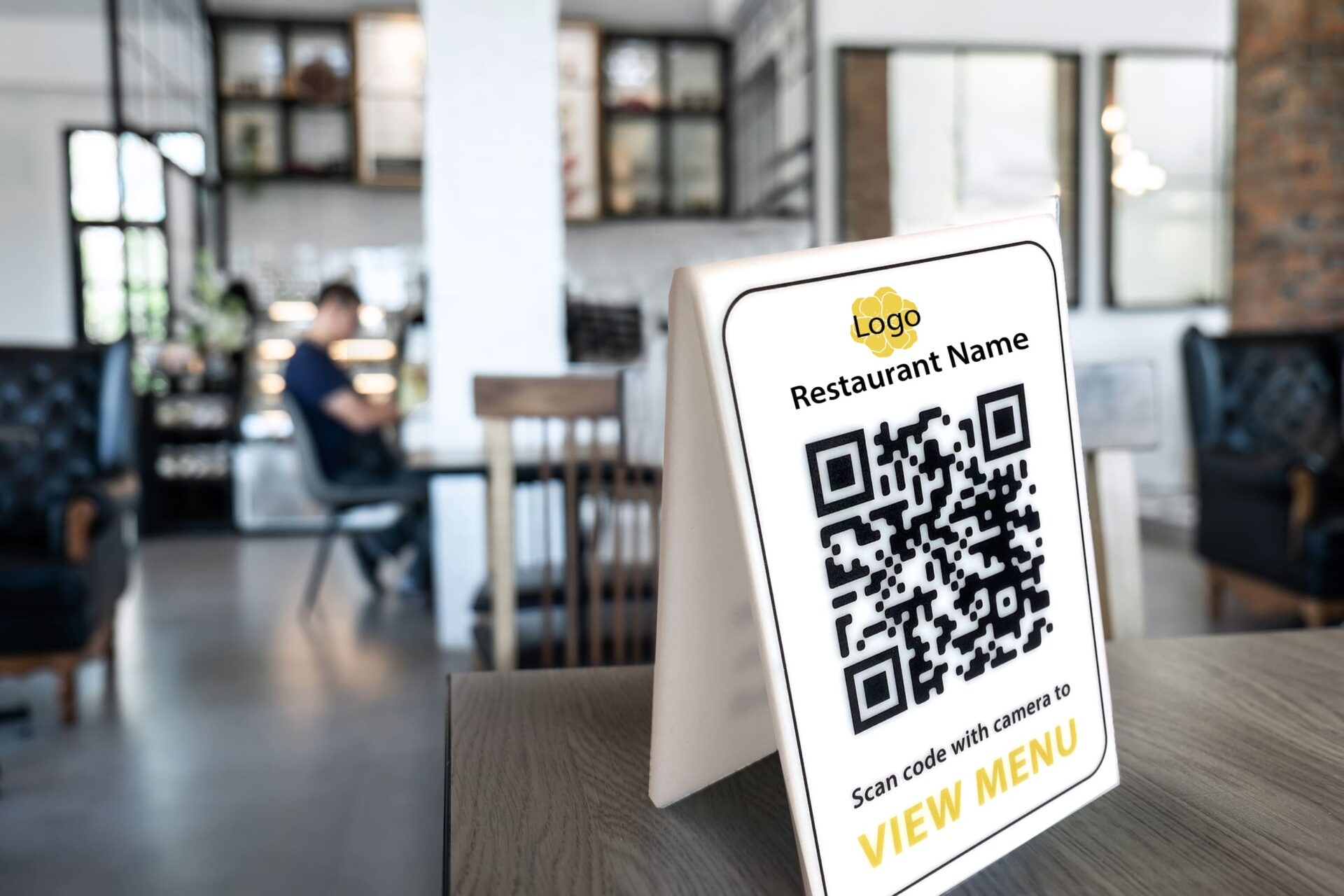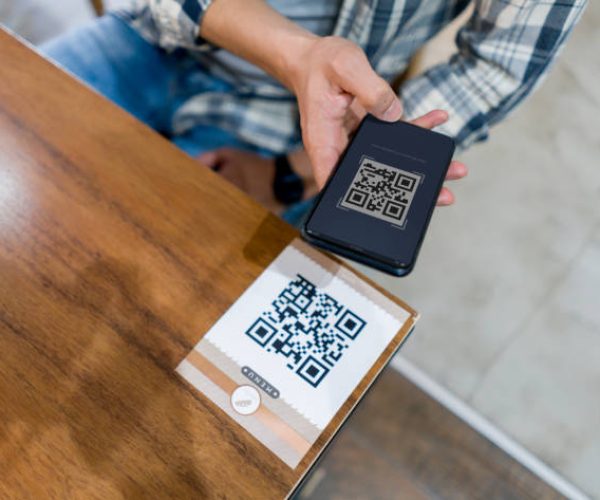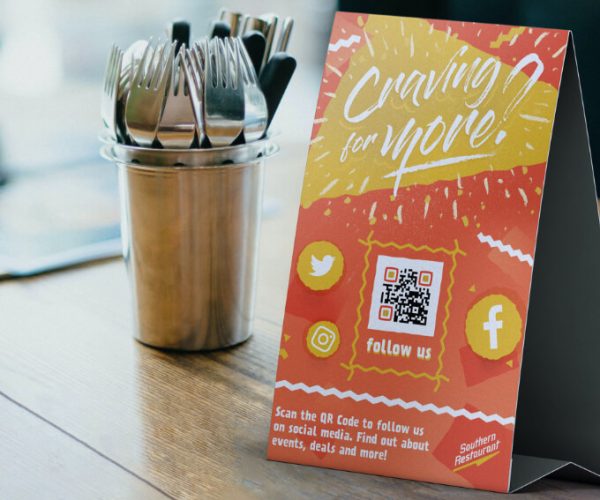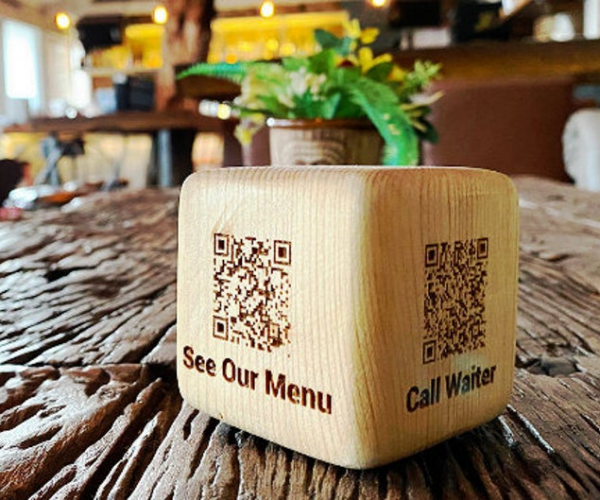
The rapid digital transformation in recent years has been impacting various industries, including the hospitality and retail sectors. One technological innovation that has become increasingly popular and essential is the use of QR (Quick Response) codes on tables. This simple yet powerful tool has revolutionized the way customers access information and interact with businesses, streamlining processes and enhancing user experiences. In this article, we will delve into what a QR code on a table is, explore various examples of their usage, discuss the benefits of incorporating them, and provide guidelines on creating and implementing them effectively in your business.
QR codes on tables are innovative and convenient tools for businesses, especially in the restaurant industry, to share essential information with their customers. These QR codes are typically printed on various display materials like table tents, flyers, or posters, and placed on tables so guests can scan and access the content. They’re convenient, cost-effective, and great ways to cross-sell, upsell, and generally increase visibility of the things you want seen.
For all types of restaurants, including bistros, bars, or pop up restaurants like food trucks, QR codes are scannable codes that allows customers to view a restaurant’s digital menu on their smartphone without having to rely on physical menus, they can even use the QR code to order and pay for their dishes. This type of contactless solution has become increasingly popular during the Covid-19 pandemic as it helps reduce the spread of the virus. By scanning a QR code, customers can easily access the restaurant menu with beautiful dishes photograph and learn more about the menu items available at a restaurant. Restaurant owners can use QR code menu to provide more detailed information about their menu items, such as nutritional facts and ingredients used. This makes it easier for customers to make informed decisions about what they order from the restaurant.
One approach to using QR codes in a restaurant setting is to print the code directly onto the table surface. This method is visually appealing and ensures that the code is always accessible to customers. Common applications of direct table QR codes include displaying menus, facilitating contactless ordering, and offering promotional content.
Key Advantages:

QR codes on table tents are a popular and versatile option. Table tents can be placed on tables, countertops, or bars, making them ideal for showcasing menus, special offers, or event information. Since table tents are easily movable, they provide flexibility in terms of placement and updates.
Key Advantages:

Incorporating QR codes into tabletop displayettes offers a more sophisticated and polished presentation. Displayettes can house QR codes alongside other information, such as menu items or promotional materials, creating a visually cohesive and informative display.
Key Advantages:
Each of these QR code presentation methods offers unique advantages, allowing businesses to choose the most appropriate option for their needs and aesthetic preferences.

QR code on a table tent offers an easy way for customers to access menus, special offers, and promotions, which can ultimately lead to increased sales. By scanning your QR code, customers can view menu items, learn about current promotions, and make informed decisions about their orders. This convenience and flexibility can encourage customers to try new items or take advantage of promotions, boosting overall revenue.
Using QR codes on table tents enhances the customer experience by providing a seamless and efficient way to access information. Customers can easily scan the code on their mobile phones and instantly view the desired content without waiting for a physical menu or server assistance. This streamlined process allows for a more enjoyable and efficient dining experience.
Incorporating QR codes into your table tents and other marketing materials is a perfect way to increase brand visibility. A well-designed QR code with your logo or brand icon can engage your customers’ curiosity and encourage them to explore your offerings further.
Using QR codes can save money on printing costs by reducing the need for physical menus and promotional materials. With a dynamic QR code, you can update information and promotions without reprinting, allowing for cost-effective marketing and menu management.
QR codes on table tents help consolidate information into a compact and organized format, freeing up valuable table space. This minimalistic approach allows customers to focus on their dining experience without being overwhelmed by clutter.
QR codes also provide an easy way for businesses to collect customer feedback. By incorporating a QR code on your table tent that directs customers to a feedback form, you can gather valuable insights and metrics to optimize your offerings and overall customer experience.
For detailed explanation on the benefits, visit benefits of QR Code Menu on Menubly’s blog
Here are 4 simple steps to make your QR code menu for your restaurants:
1. Create a free QR code menu by using a QR menu creator like Menubly
2. Take pictures of your stunning dishes and upload the pictures to your menu
3. Edit & customize your menu, add logo and select colors to match your brand identity. Now you have a mobile-friendly page which you can sh
4. Select “Download” to receive your QR Code in .jpg format
5. Add your newly-created QR Code Menu to your table tent design
Along with the QR Code, you’ll also get a short URL that redirects to a mobile-friendly menu page, which you can share to your websites and social media.
For more detailed guidance, visit How to Make a QR Code Menu on Menubly’s blog.
QR codes on tables offer a convenient and efficient way for customers to access restaurant menus and make reservations. By scanning the code with their smartphones, customers can instantly view the menu, select their preferred dishes, and even book a table for future visits. This approach can help increase sales, improve customer satisfaction, and build brand loyalty.
Key Benefits:
Incorporating QR codes into event management strategies can greatly improve the overall experience for attendees. By placing QR codes on tables or other printed and folded promotional materials, event organizers can provide guests with easy access to event schedules, speaker information, and other relevant content.
Key Benefits:
QR codes on tables or self-standing displays can be an eye-catching and effective tool in retail settings. Consumers can simply scan the code to access product information, promotional offers, or even watch multiple videos related to the product. This not only enhances the customer experience but also provides valuable metrics for retailers to optimize their offerings and promotions.
Key Benefits:
To maximize the effectiveness of QR codes on tables, it is essential to follow best practices to ensure a seamless and enjoyable experience for your customers.
Avoid overcomplicating the design of your QR code. A simple, clear, and easy-to-scan QR code is essential for a positive user experience. Maintain a minimum size of 2 x 2 centimeters and use a high-contrast color scheme to ensure readability.
When creating your QR code, prioritize highlighting the most relevant and important information for your customers. This will make it easier for users to understand the purpose of the code and encourage them to scan it.
Not all customers may be familiar with how to scan a QR code. Including clear instructions on how to use the code will ensure a smooth and hassle-free experience for all users.
Before printing your QR codes on table tents or other materials, make sure to test them with multiple smartphones and scanning apps. This will help you identify any potential issues and ensure that the codes are easily scannable by your customers.
When printing your QR codes, always opt for the right size to ensure readability and ease of scanning. A QR code that is too small or too large may be difficult for customers to scan, resulting in a frustrating experience.
To evaluate the success of your QR code strategy, it’s essential to measure the performance of each code. By tracking metrics such as scans, conversions, and revenue generated, you can make informed decisions about optimizing your campaigns and maximizing your return on investment.
In today’s increasingly digital world, QR codes on tables have emerged as a powerful tool for businesses to enhance customer engagement, streamline processes, and drive sales. By adopting this technology, restaurants, events, and retail settings can deliver a more efficient and enjoyable experience for their customers. It’s essential to follow best practices, such as keeping designs simple, highlighting important information, providing scanning instructions, testing codes before printing, choosing the right size, and measuring performance, to maximize the effectiveness of your QR code strategy.
In conclusion, QR codes on tables offer a versatile and innovative solution that can significantly impact businesses across various industries. By embracing this technology and implementing it thoughtfully, companies can stay ahead of the curve, delight their customers, and foster long-term loyalty and success.
Turn your paper menu into an interactive online menu that your customers can browse and order from anywhere.